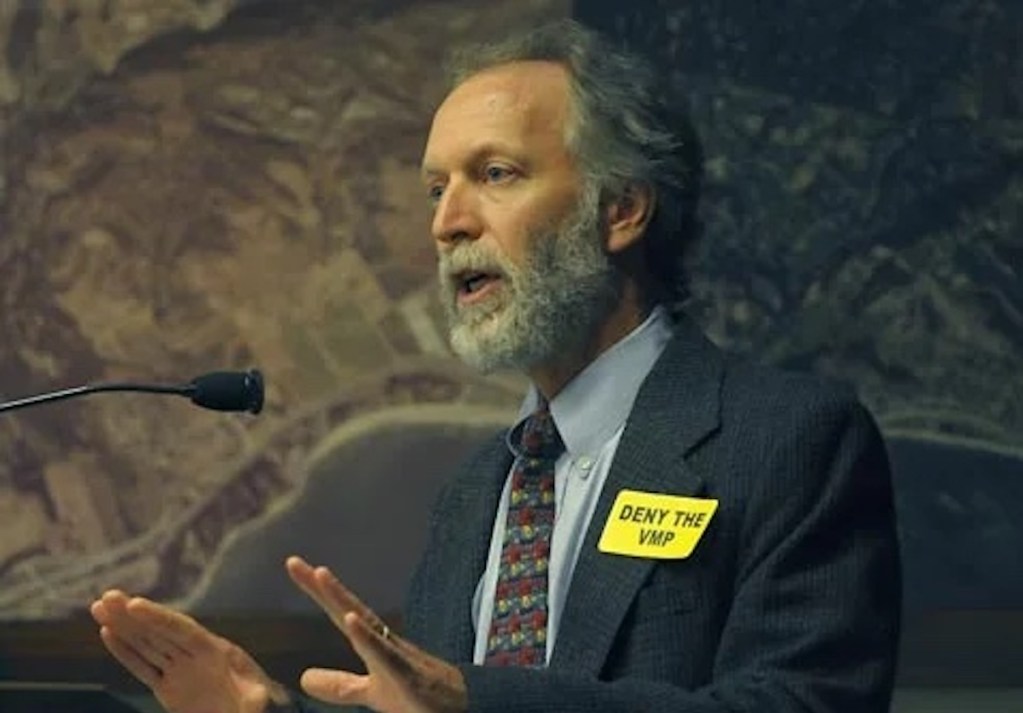The Coalition for Responsible Cannabis filed an administrative action that if successful could wreak havoc on 22 major cannabis cultivation sites that are now drawing water from wells that draw from the Santa Ynez River. According to legal papers attorney filed Tuesday, attorney Marc Chytilo is demanding the state’s Water Resources Control Board issue a cease-and-desist order to each of cannabis cultivators improperly drawing water from the river. He also requested the state water board join with Fish and Wildlife to initiate a comprehensive investigation of cannabis cultivation along the Santa Ynez River.
Chytilo took exception with the use of river water for cannabis cultivation during times of prolonged drought. According to state water laws relating to cannabis cultivation, no surface waters can be extracted from Santa Ynez River between the months of April and October. (Had growers been cultivating any other crop, such restrictions would not apply.)
Chytilo has made similar arguments in the past with the state water board — all unsuccessfully — but this time, he included a hydrological report prepared by hydrologist Jim McCord with Lynker Technologies out of Boulder, Colorado. According to McCord, cannabis operators along the Santa Ynez River have availed themselves of water specially released from Lake Cachuma to replenish downstream aquifers from the dam to what are known as the Lompoc Narrows. These releases are engineered to sustain a downstream flow to create a habitat where steelhead trout and other federally endangered species can survive. These annual releases are legally mandated and date back many decades.
Sign up for Indy Today to receive fresh news from Independent.com, in your inbox, every morning.
Whether Chytilo succeeds in this effort turns on whether the state water board makes the finding that the waters released downstream from Lake Cachuma qualify as “surface waters” as opposed to “groundwater.” Thus far, it has not done so.
State Water board officials acknowledged receipt of the Chytilo’s filing. “We will be working together to triage and investigate this complaint,” stated Yvonne West, director of the Office of Enforcement.
Should the state water board determine that the water used by cannabis operators qualifies as surface water, that would be a major game-changer for how cannabis growers along the riverbanks can grow. Some cultivation could still take place, but it would be greatly limited.
The hydrological report concluded that growers are now consuming 1,289 acre-feet of water a year, roughly one-third of the water released, McCord stated, from Lake Cachuma to keep downstream water aquifers — and those who depend upon them — whole.
In filing papers, Chytilo took pains to state the Coalition “is not a prohibitionist organization,” and that it supports a sustainable cannabis industry. He added that efforts to engage the industry in meaningful talks about water use have failed to gain traction thus far.
Support the Santa Barbara Independent through a long-term or a single contribution.

